5 November 2014
Long Kesh escape bid ends in tragedy – 6 November 1974
Republished from An Phoblacht/Republican News, 10 November 1994
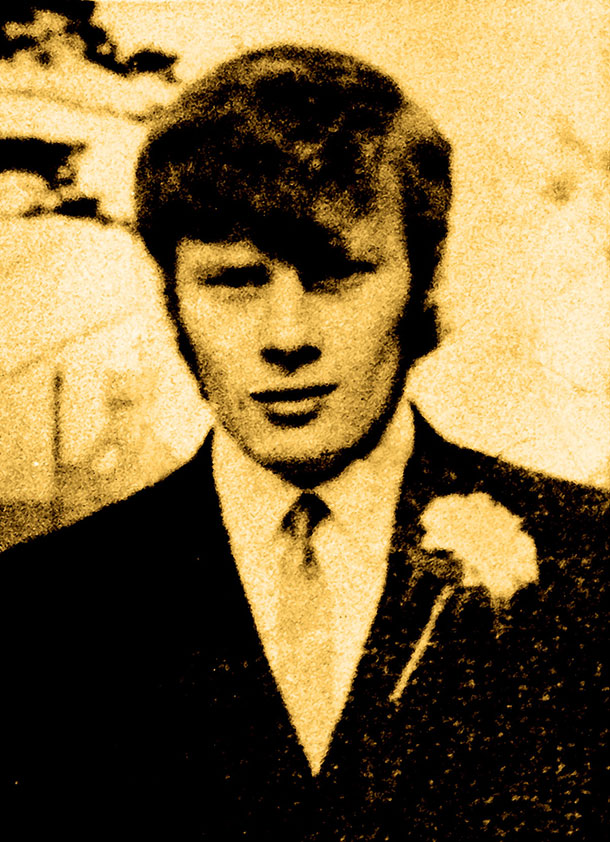
• Volunteer Hugh Coney
WHILE THERE have been numerous prison escapes by republican POWs during the present campaign, with the exception of the mass breakout by republicans in September 1983, few successful escapes have taken place from Long Kesh.
Following the introduction of internment in August 1971, the internees were initially held in Magilligan Prison, County Derry, and on the Maidstone prison ship, moored in Belfast Lough.
In September, the majority of those held were moved to Long Kesh, a disused Second World War British Army airfield near Lisburn, County Antrim. Here they were housed in Nissen huts in 21 ‘cages’ surrounded by a huge barbed-wire perimeter fence.
Eventually, sentenced prisoners were transferred to Long Kesh and the cages were divided between republican and loyalist internees and sentenced prisoners.
One of the earliest escapes from Long Kesh took place in September 1973, two years after it first opened, when IRA Volunteer John Francis Green, disguised as a priest, calmly walked out of the camp following a visit with his brother.
After the successful escape of Green, more were planned. By October of the following year, plans were well underway for a mass escape by tunnel of dozens of internees in Cage Five of the camp. The breakout, however, was delayed by the burning of Long Kesh.
On the night of 16 October 1974, in protest over conditions, the sentenced prisoners, supported by the internees, burnt a large part of the camp, destroying sentry towers and many of the huts. After CS gas* was dropped on the detainees from a helicopter, a large force of British troops entered the camp and, in the riot which followed, the POWs were severely assaulted. Eventually, they were returned to their various cages, moving into makeshift accommodation.
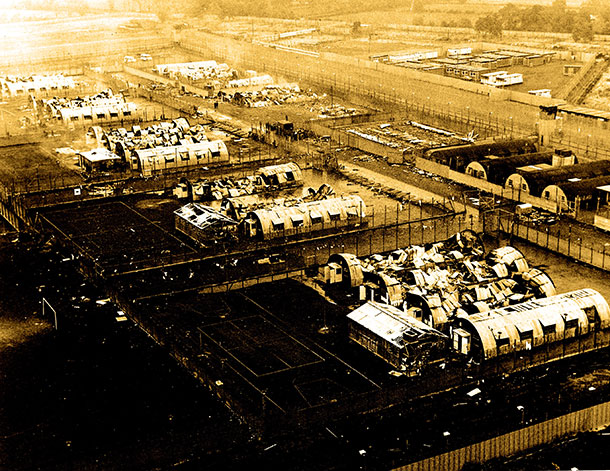
• Long Kesh, shortly after the burning
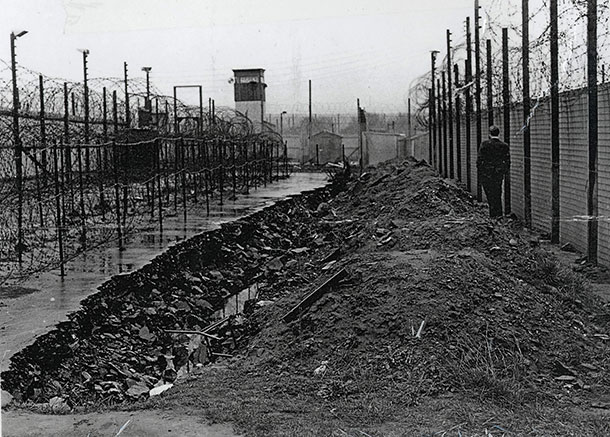
In Cage Five, the prisoners resumed work on the escape. The plan was to tunnel out of the cage late at night (which would lead to the fields on the camp’s farm close to the perimeter fence) crawl through rolls of barbed wire and, at a suitable distance from the sentry posts, scale the outer wire fence. The escapers would then head for prearranged rendezvous points where they would be met by fellow Volunteers and taken to safe houses in Belfast and other nationalist areas.
In early November 1974, the plan was put into operation. Late that night, one by one, the escapees made their way through the tunnel, which they hoped would eventually lead them to freedom. One of the first squads to emerge from the tunnel was spotted by a patrol of British soldiers in a jeep. As the escapees climbed over a ditch on their way towards the outer perimeter fence, the soldiers opened fire without warning, fatally wounding IRA Volunteer Hugh Coney and injuring another of the escapees.
With the alarm now raised, many of the escapees made their way as best they could over the ditch, through coils of barbed wire and across the fields and a road towards the outer fence. Others still in the tunnel were met by British soldiers as they emerged.
The soldiers refused to call a doctor or priest to attend to Coney and, according to the statements later made by the recaptured POWs, they foully abused his body as it lay in the ditch. The other escapees were savaged by dogs and badly beaten with batons for hours until about 4:30am, when they were finally thrown naked into cells.
Although most of the 33 republicans who escaped through the tunnel were recaptured almost immediately, several of them did manage to avoid arrest for several hours.
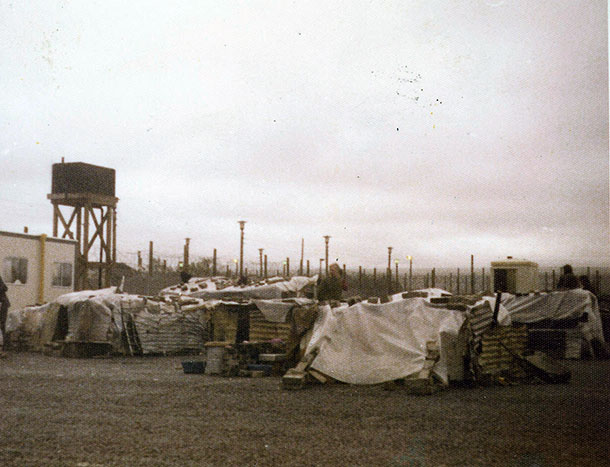
• Long Kesh, November 1974
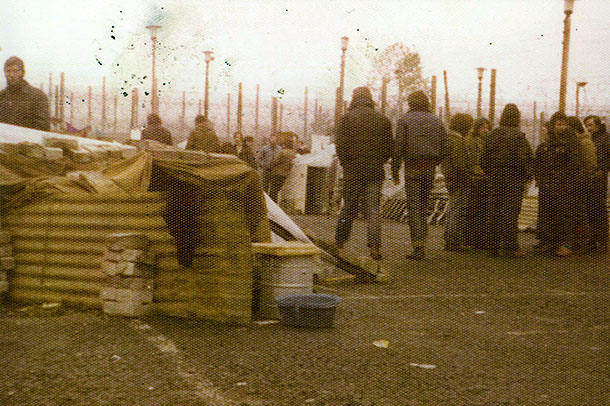
One team of three managed to conceal themselves in a hole in the bank of the water ditch where they hid for an hour and a half. Once outside the barbed-wire perimeter fence, they headed for the pick-up point and succeeded in reaching Dunmurry Lane before being arrested.
Another group of three hid among bracken and bushes near the draining stream all through that night and the next day. At sunset the following day, almost 24 hours after escaping from the cage, the escapees set off and, guided by the M1 motorway, they were able to get to within yards of Twinbrook in Belfast before being arrested.
Back at Long Kesh, shortly after the escape attempt, all the internees were directed by their OC [Officer Commanding] to evacuate to Cage Four to maintain discipline among the men and to prevent any attempt being made by the British Army to carry out their customary systematic brutalities and beatings in the aftermath of incidents of that nature. Immediately, all the men had been evacuated to Cage Four, British soldiers fired CS* gas and rubber bullets at the 450 men gathered in the cage.
Once the attacks ceased, soldiers and prison officers in riot gear sealed the cage. Eventually, after much negotiation between the internees and the authorities, the POWs returned to their cages.
Volunteer Hugh Coney, a native of Coalisland, County Tyrone, was shot dead by the British Army while attempting to escape from Long Kesh on 6 November 1974.
◼︎ Investigators and republican ex-POWs now believe that CR gas and not CS gas may have been used by the British Army to suppress the prison camp uprising. See An Phoblacht, November 2014.
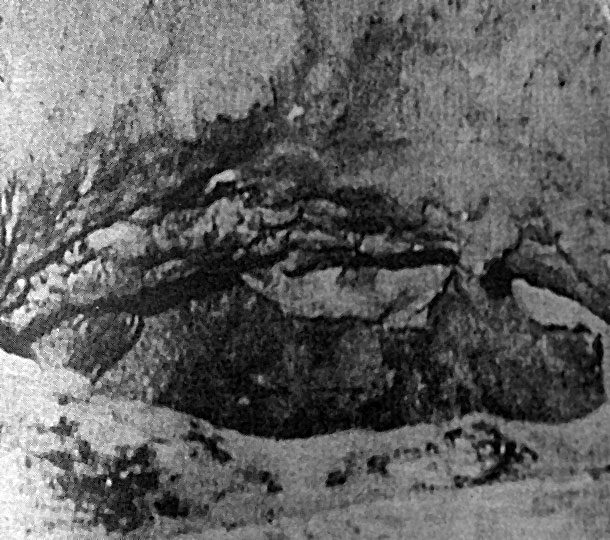
• The escape tunnel the Long Kesh prisoners emerged from in November 1974
Follow us on Facebook
An Phoblacht on Twitter
Uncomfortable Conversations

An initiative for dialogue
for reconciliation
— — — — — — —
Contributions from key figures in the churches, academia and wider civic society as well as senior republican figures




